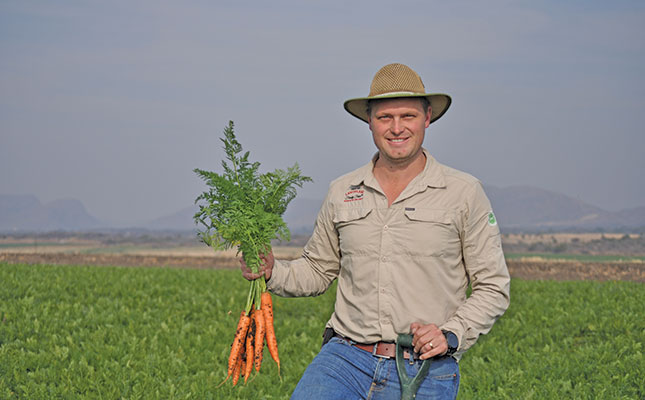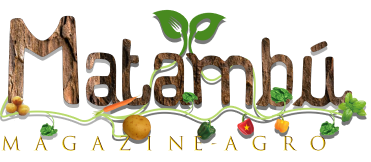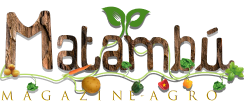[ad_1]
Gert Janse van Rensburg produces vegetable crops on the family-owned farm, Langplaas, in North West. He spoke to Pieter Dempsey in regards to the regenerative farming strategies he employs.
Photo: Peter Dempsey
Gert Janse van Rensburg is the co-managing director, alongside along with his twin brother Peet, of Langplaas Boerdery, located close to Brits in North West. Third-generation farmers, the pair grew up on the farm, and at the moment produce a wide range of greens on 1 000ha below irrigation, following regenerative farming ideas.
Janse van Rensburg’s ardour for regenerative agriculture was sparked by the work of pioneers of the strategy, comparable to Allan Savory, Gabe Brown, Gary Zimmer, John Kempf and Ray Archuleta, and he has adopted this strategy ever since becoming a member of the household farming operation in 2006.
He stresses {that a} practical and vibrant ecosystem is vital for soil fertility, and farmers want to grasp how this technique works.
When the brothers switched from conventional farming practices (chemical fertilisers, herbicides, pesticides and extreme tillage) to regenerative agriculture, they didn’t totally perceive the processes concerned, however they might see a change for the higher.
Janse van Rensburg defines regenerative farming as “the farmer tenderly managing the soil and working synergistically with nature to increase fertility year after year”. This means caring for soil organisms and vegetation, which is achieved by rising numerous plant species, with minimal disturbance and no chemical substances or high-salt fertilisers.

“If you kill the plants and soil organisms, you inherit their work, which you can’t perform,” he says.
He provides that farmers must handle their vegetation successfully to rebuild the soil ecosystem, and minimise the appliance of nitrogen and different chemical fertilisers.
Carefully chosen crops
Langplaas Boerdery produces candy potatoes, carrots, beetroot and a wide range of cowl crop species, with all these crops being suited to the farm’s soil situations. Approximately 400ha are planted to the crops every year, and between 50 000t and 55 000t are harvested yearly.
Janse van Rensburg says they produced a higher number of crops previously, however now concentrate on a choose few that carry out effectively within the space. Carrots are grown all 12 months spherical, and the beetroot and candy potatoes for about eight months of the 12 months.
In addition to the farming operation, they own a washing and packing facility, in addition to a logistics firm by means of which they transport their produce.
The brothers used soil evaluation map know-how to appropriate particular components of the land, which helps be certain that the soil achieves a homologous state.
“We constantly strive to increase the carbon content of our soil, which forms part of our conservation practices. Currently, it’s between 3% and 4%, which is above the South African average, and we do our best to increase it, as it’s an indication of a functioning ecosystem as well as the presence of earthworms,” explains Janse van Rensburg.
He provides that carbon is a important substrate for micro-organisms, because it offers them with a secure residence. It can also be very important for the soundness of all the soil system as a result of it buffers lots of the chemical interactions within the soil. Tilling and over-fertilising, amongst different conventional practices, scale back the carbon content material within the soil.
Getting the soil prepared
Soil preparation at all times begins with cowl crops, says Janse van Rensburg. He vegetation a lot of totally different species, comparable to oats, herbs, legumes and brassicas, on the identical land, and ploughs these into the soil when the time involves plant the money crop.
This is often carried out at a depth of 20cm to 30cm, and the soil is then irrigated in order that the method of breaking down the plant materials can start.
The lands are then ripped twice to make sure that the soil is free sufficient to make sure good drainage, which prevents the crops rotting through the moist season.
“Although ripping is a destructive process for soil health, we do more for the soil by countering the effects using cover crops and organic fertilisers,” says Janse van Rensburg.
He provides that they attempt to keep away from breaking down the aggregates that oxidise the soil, as this could end in micronutrients, comparable to zinc, manganese, copper and iron, turning into biologically inactive within the vegetation. This in flip would result in a discount in yield and a rise in pest stress.
Once the soil has been ready, the seed is planted. The brothers use round a million seeds/ha for carrots and 500 000 seeds/ ha for beetroot, and often plant them 3cm to 5cm aside at a depth of 1cm. Inter-row spacing is 1,8m, which allows tractors and different implements to maneuver between the rows. Yields common between 50t/ha and 70t/ha.
The imply annual rainfall for the realm is 300mm in dry years and as much as 1 000mm in moist years. The crops are irrigated by way of centre pivots, and all the space receives water from the Hartbeespoort Dam.
Healthy vegetation, nutrient-rich veggies
The principal benefit of following a regenerative agriculture system and efficiently implementing it in a industrial farming set-up is that it leads to more healthy vegetation, explains Janse van Rensburg. In addition, the necessity for pesticides and pesticides is diminished, which regularly results in a return of vital soil organisms comparable to earthworms.
He provides that as a result of Langplaas has diminished its fertiliser dependency by 40% to 70%, its profitability has elevated.
“Not only do regenerative farming practices provide food security by putting food on the
table, but they do so in a sustainable manner, as these systems can better withstand droughts and floods. Also, crops grown in this way have a higher nutrient value, making them healthier for consumers.”
Janse van Rensburg advises potential farmers who’re eager to begin with regenerative agriculture to completely educate themselves on the basics of the system and communicate to different growers who’ve walked the trail for years. Only then ought to they start their own journey to regenerative agriculture.
He provides that one of many greatest errors he and his brother made was to maneuver to regenerative farming ‘cold turkey’ with out understanding how soil and plant ecosystems labored.
“Having been on this road for more than a decade now, we’ve learnt a lot, but we still make our fair share of mistakes every year. Thankfully, we learnt much of what we know from the leaders in regenerative agriculture!”
Email Gert Janse van Rensburg at [email protected].
[ad_2]
Source link










